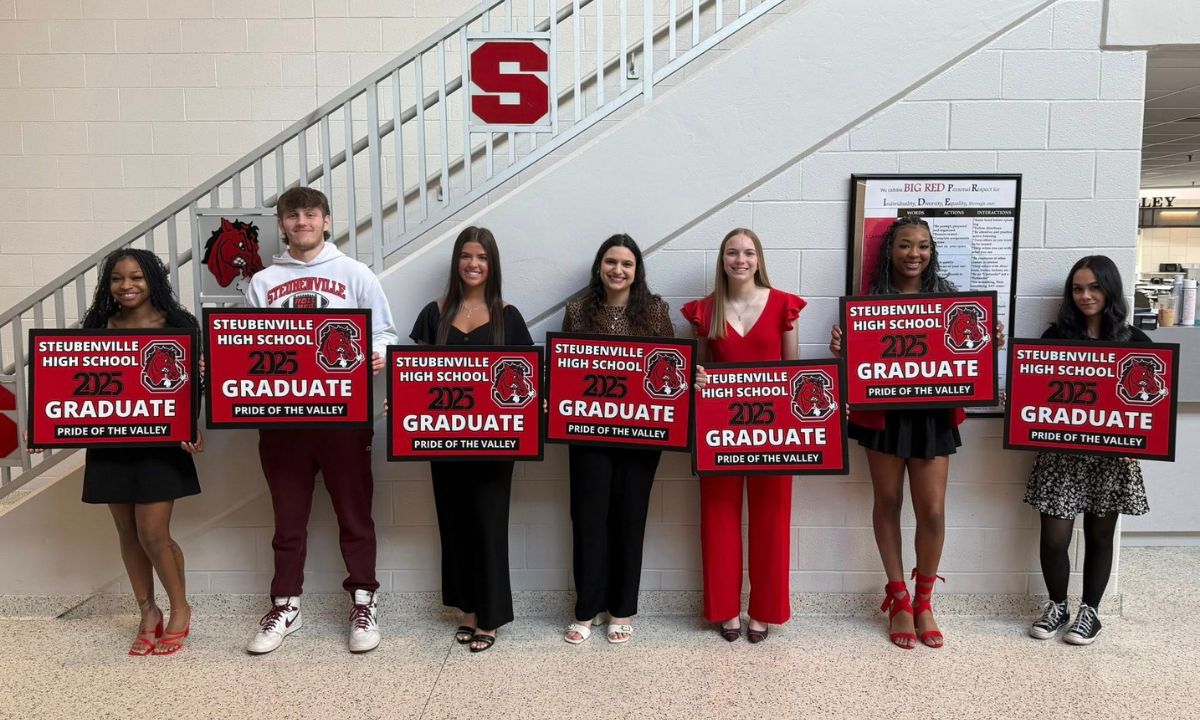Early Success in Reading & Math Is Great. It’s What Happens Later That Really Counts
Reyna: High K-12 achievement in districts like Steubenville, Ohio, is only part of the story if students aren't making it after graduation.

Get stories like this delivered straight to your inbox. Sign up for The 74 Newsletter
Steubenville, Ohio, has gotten significant national buzz in recent months — and for good reason. The academic achievement of its K-12 students is undeniably remarkable; third-graders in this high-poverty district achieve nearly 100% proficiency rates in reading and math, transcending racial and economic lines.
But what about the longer-term story in Steubenville? Although early academic success is incredibly important, it’s only part of what students need to achieve better outcomes down the road. As Chad Aldeman pointed out in a recent analysis of Steubenville’s strategy, “Despite its near-perfect early reading scores, strong middle and high school achievement and a 96% graduation rate, the district’s post-high school results are only slightly above statewide averages in terms of college-going and completion rates and the percentage of graduates who find ‘gainful employment.’ ”
Academic preparation is a critical nut that has not fully been cracked, which is why success stories like Steubenville are noteworthy. But academics are only one part of what students need to find success.
First, it’s critical to help students figure out what they want to do next and see relevance in what they’re learning. This means schools must support career awareness and exploration well before high school and help students begin to imagine their future selves early — with the understanding that their vision is likely to change many times on their way to finding a fulfilling career. Students should have the chance to engage in meaningful experiences in middle school, with age-appropriate ways to start to explore what they like, what they’re good at and which potential careers might suit them. Educators and counselors also need to help students build connections between what they’re learning in school and real-world careers so that they see relevance in their education.
Career exposure and exploration are important, but they are not sufficient. Students also need wraparound support to enable them to successfully move on to education and training opportunities after high school.
Last year, 15 national organizations came together to help identify the conditions that districts can create to provide effective supports for students’ success in their chosen postsecondary pathways. The priorities they laid out can serve as a roadmap for helping more students find long-term success.
One area of particular need is advising. In nearly all high schools across the U.S., counselors are overloaded, making it challenging for every student to receive the personal guidance needed to navigate the next steps beyond high school. As a result, it’s important for districts to think more creatively about expanding the “who” when it comes to advising. This can include leveraging “near-peers” who can serve as trusted sources of guidance. A number of communities — ranging from rural Appalachia in Kentucky to New York City — are employing recent high school and college graduates to dramatically expand the number of caring young adults who can connect with students and help them find their paths to success. They can provide advice on not only which classes to take, but which work-based learning experiences to pursue, which colleges to consider, how to secure financial aid and much more.
Because the need for navigational support doesn’t end with high school graduation, there has been a recent trend among K-12 districts and charter school networks to invest in persistence coaches to guide recent graduates through their first year of college. Taking on a degree of responsibility for their students’ success even after they have moved on is a critical step for these schools toward ensuring that those outcomes improve.
Finally, districts and states need to measure longer-term student outcomes, transparently report them and use them to drive decisionmaking and improvements. With a greater focus on measures like college enrollment and persistence, degree attainment, employment rates and wages, districts can gain a better understanding of where students are and are not succeeding and how to help more of them to get on the right path. Ohio deserves credit for the powerful data dashboards it has made available; without them we would only have half the story in Steubenville. Unfortunately, in far too many states, K-12 leaders operate in the dark when it comes to how their students after graduation.
Steubenville can teach the country a great deal about helping students find academic success against the odds. Which districts will emerge as the star pioneers in long-term student outcomes?
Get stories like these delivered straight to your inbox. Sign up for The 74 Newsletter

;)
